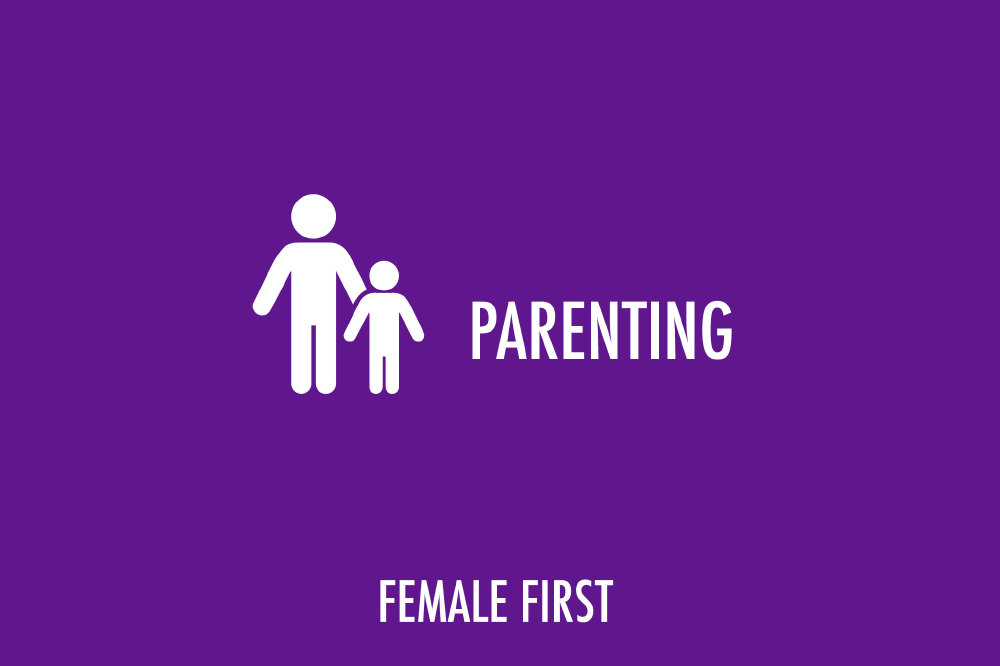Bed wetting can be consistent throughout a child’s life, continuing for a longer period, than expected. However, this is nothing to do with your parenting skills, it just varies for all children.

Parenting on Female First
Being informed on the issue is always a stepping stone in the right direction. Child psychologist, Emma Kenny, gives the facts and figures on bed wetting along with top tips to ensure that your child is rid of the nappies and is using the toilet in no time!
If your child is wetting the bed, they might be feeling anxious, embarrassed and lacking in confidence, but rest assured they are not the only one. Many families are dealing with the same issue and bedwetting is a common occurrence, with almost 10% of children aged 4-15 wetting the bed at some stage.
Boys are slightly more prone to bedwetting than girls, with boys making up 60% of cases in the younger age groups. We are not exactly sure why, but some studies suggest that girls tend to develop bladder control before boys. This is why DryNites® specifically design different Pyjama Pants for boys and girls.
There are also two different types of bedwetting: primary enuresis and secondary enuresis.
Primary enuresis, the most common form, is when a child has never experienced being dry at night. It's usually linked to physical maturity, as the child has not yet learnt to recognise the feeling of a full bladder while asleep.
Secondary enuresis is the term used for wetting that begins 6 months or more after being dry at night, in children over the age of 5 years. Emotional upheaval like starting school or family problems can be a trigger, although sometimes there is no explanation at all. 85% of children are dry at night by the time they are 7.
Top Tips to help manage bedwetting
Some parents feel pressure to overcome ‘the problem' of bedwetting when, in fact, it's more effective to be patient and supportive and let your child take the lead on whether you seek help to overcome it.
Help your child with an organised bedtime routine
- A structured bedtime routine can help your child wind down from a busy day and prepare them for a restful night’s sleep, while helping them feel more secure and comfortable about bedtime.
- Children who are not dry at night can often become distressed at the thought of bedtime, so parents can help them overcome this by creating a happy and calm routine. A bedtime story and a good chat and cuddle before going to sleep are all good ways to help a child relax.
- Bedtime routines work best if you reserve the hour before bedtime for quiet play. This will help lower a child’s activity level and prepare their nervous system for relaxation
- Parents should give their child advance notice that it is nearly bedtime and encourage them to enjoy bedtime with questions such as ‘what story would you like to read’ or ‘what bath toy would you like to play with’
- After their bath read a story to your child which will help them relax and offer them comfort before bedtime. It is also a great way to incentivise them throughout the day about what story they would like to read
- Parents should use this time to talk to their child about their day and ask them if they have any worries
- Many children are afraid of the dark, so ensure there is easy access and lighting to the toilet at night
- Encourage a good level of fluid intake throughout the day but try to avoid sugary and fizzy drinks, especially towards bedtime as caffeine and sugar can affect the production of urine.
Preparing your child for a restful night’s sleep when away from home
Many families will be preparing for their annual summer holiday or mini-breaks away which is the perfect excuse for them to spend quality time together. Going away should be an exciting and happy time, but for children who are still wetting the bed being away from home can be a source of stress and anxiety.
Going away as a family is a perfect opportunity to spend quality time together and enjoy a break from the routine of everyday life. While time away from home is beneficial for the whole family, it is still important for your child to have the same structured routine while away as they do at home.
- Pack supplies of absorbent sleepwear such as DryNites® pyjama pants and DryNites® Bedmats for the added security that their bed will remain dry
- It is important to ensure your child’s bedtime routine is similar when they are away to the one they are used to at home
- Many children are afraid of the dark so ensure they have easy access and lighting to the toilet at night where they are staying. Provide children with a low-energy nightlight in their room to give them added confidence
- Reading a story, singing songs, talking or having a cuddle are all ideal for taking the attention away from bedwetting
- Lots of reassurance for any children who express concern about bedwetting, whether at home or away, will boost their confidence and help them go to bed feeling happy.
Log onto www.drynites.co.uk to request a free sample and for further advice and information to help you and your child manage this phase together.

